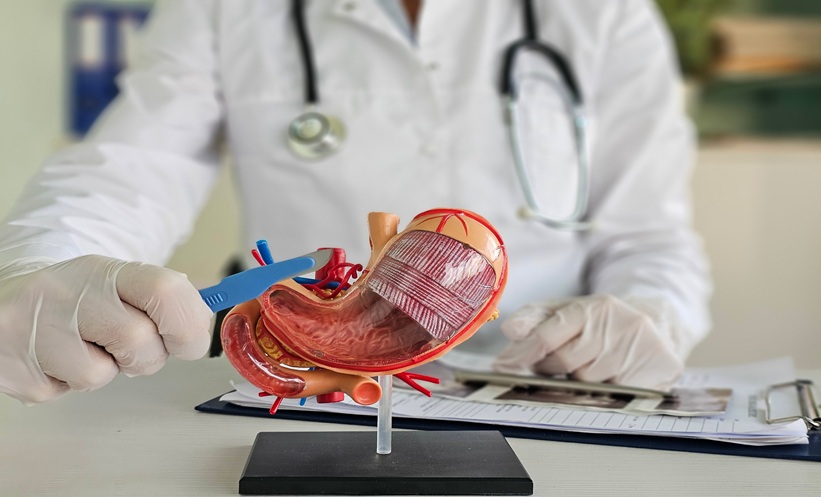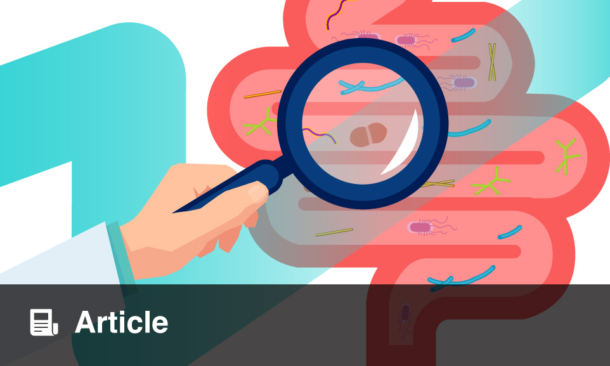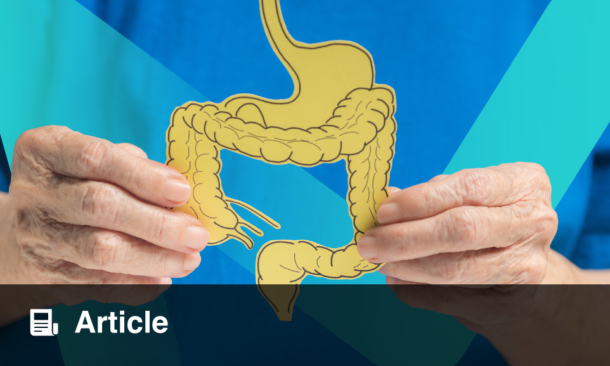A RECENT study states that the incidence of non-alcoholic fatty liver disease (NAFLD) in children could be linked to prenatal exposure to endocrine-disrupting chemicals. According to the researchers, there is an increase in the diagnosis of NAFLD, which occurs in 6–10% of the general paediatric population and approximately 36% of children with obesity.
In order to analyse the factors affecting the children’s liver injury and hepatocellular apoptosis, the researchers from Icahn School of Medicine at Mount Sinai (ISMMS), New York, USA, collated data from population-based prospective birth cohort studies from France, Greece, Lithuania, Norway, Spain, and the UK, on 1,108 mother-child pairs. Urine, blood, or cord blood samples were collected from the mothers at the time of pregnancy and at birth. From the children they collected serum samples between the age of 6–11 years old. The researchers evaluated liver injury by assessing the alanine aminotransferase, aspartate transferase, and γ-glutamyl transferase serum levels. Hepatocellular apoptosis was assessed by checking the cytokeratin 18 levels. The study was carried out using a new analytical framework for exposure-mixture analysis. They evaluated the exposure of 45 endocrine-disrupting chemicals, including 10 phthalates, four parabens, nine metals, five polychlorinated biphenyls, four organophosphate pesticides, five perfluoroalkyl substances, three organochlorine pesticides, three phenols, and two polybrominated diphenyl ethers.
The findings of the study showed that the children had increased chances of liver injury from exposure to organochlorine pesticides (odds ratio [OR]: 1.44; 95% confidence interval [CI]: 1.21–1.71), polybrominated diphenyl ethers (OR: 1.57; 95% CI: 1.34–1.84), perfluoroalkyl substances (OR: 1.73; 95% CI: 1.45–2.09), and metals (OR: 2.21; 95% CI: 1.65–3.02). Additionally, it was observed that participating children had lowered odds for liver injury from exposure to high-molecular-weight phthalates (OR: 0.74; 95% CI: 0.60–0.91) and phenols (OR: 0.66; 95% CI: 0.54–0.78).
“[We] found that prenatal exposures to ubiquitous endocrine-disrupting chemicals, and especially to organochlorine pesticides, polybrominated diphenyl ethers, perfluoroalkyl substances and metals, were associated with increased liver injury and/or hepatocellular apoptosis in children,” Vishal Midya, post-doctoral fellow in the Department of Environmental Medicine and Public Health at ISMMS, and colleagues wrote. “Our findings can inform more efficient early-life prevention and intervention strategies to address the current NAFLD epidemic.”








